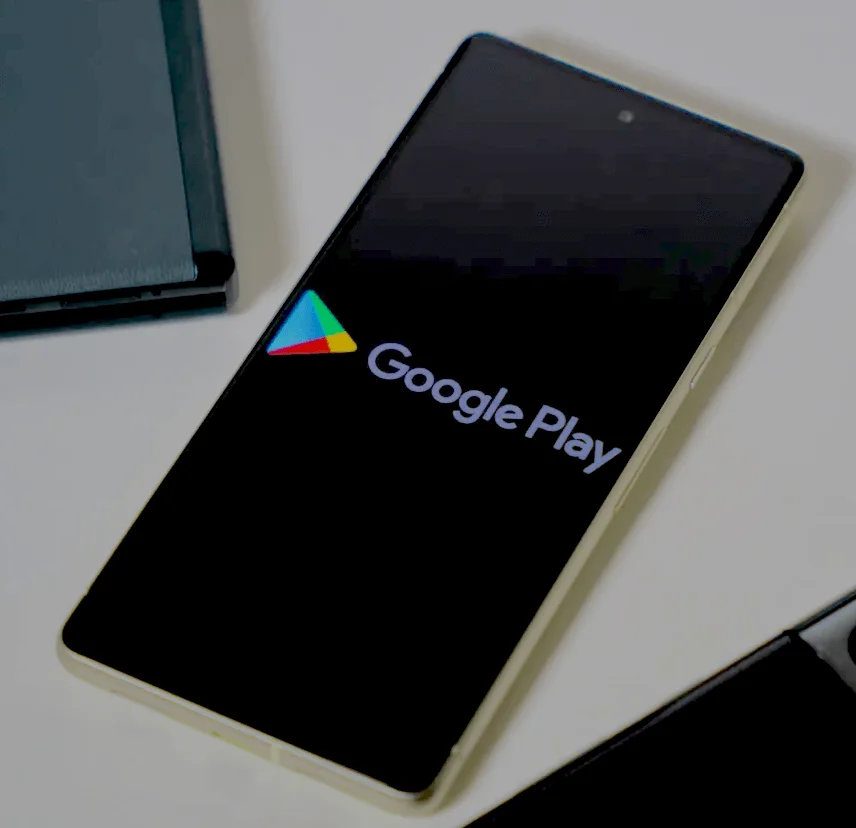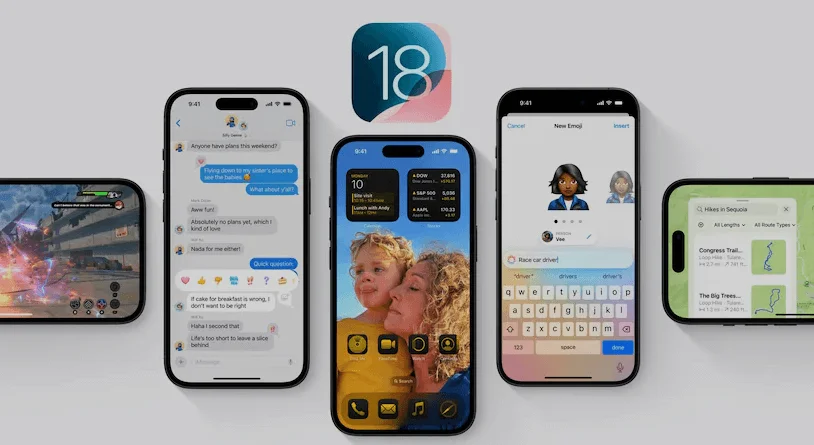
Over the past few years, Google’s priority was the optimization of the software applications which are found in Android devices to make them lighter in size and more effective. This continuous process has also caused shifts in how the Android applications are provided and aceessed particularly for those downloaded from outside the Google Play Store. The newest version has added one more level of protection in the sideload of Android APKs; modifying the mechanism through which users download and install apps from third-party sources.
Transition To Android App Bundles

This change started in 2018 with the Google hitting the Android App Bundle (AAB) format at its yearly I/O conference. As of 2021, the AAB became the new application package type for new submissions to the Play Store. App Bundles are designed to improve app delivery by containing all the necessary files for different screen sizes, languages, CPU architectures, and Android versions. Instead of downloading entire apps, Google Play now downloads only the necessary portions for a specific device, conserving storage space and optimizing performance. This process is handled automatically by Google Play once developers upload their AAB files.
While this approach significantly benefits users who install apps directly from the Play Store, it has also led to changes for those who sideload apps. Traditionally, Google Play was capable of creating full-size, all-inclusive APKs (also known as “fat APKs”) from AAB files. These fat APKs were convenient for sharing apps and updates outside the Play Store, such as through services like APKMirror.
Changes In APK Generation
Recently, Google has stopped generating fat APKs for many apps, shifting entirely to app bundles. According to Artem Russakovskii of APKMirror, “Google stopped generating fat APKs for many apps entirely all of a sudden, and only bundles will be available from now on.” This change means that instead of downloading a single, all-inclusive APK file, users will need to deal with app bundles, which require additional tools for installation.
Fat APKs were common before the introduction of Android App Bundles. They contained all the necessary components for various configurations, making them easy to install and share. However, they also led to inefficiencies, as users often downloaded unnecessary files for their specific devices.
Impact On Sideloading
For users who only download apps from the Google Play Store, this change has no impact. However, it affects users who extract applications (such as updates or new versions) from their devices to share with others. With the new approach, app bundles require additional tools like APKMirror Installer, Split APKs Installer (SAI) apps, or ADB (Android Debug Bridge) to install. This introduces an extra step in the sideloading process.
Despite this change, the inconvenience is relatively minor compared to the overall benefits of more optimized app delivery. Developers have created tools like APKMirror Installer and SAI to help users manage app bundles and install them without issues.
Google’s Perspective And Future Outlook
Google has made it clear that extracting APKs for upload to third-party services is not a consideration for the Play Store. However, they acknowledge that users sideloading apps may encounter partial installations if necessary split APKs are missing. Google-certified devices and those running Android 10 (API level 29) or higher will fail to install these partial apps, ensuring that all required components are present when downloading through the Play Store.
The transition to app bundles is part of Google’s broader strategy to enhance app efficiency and performance. Developers who are not using the Play Store to distribute their apps can still provide fat APKs if they wish to do so, thus, covering the needs of users who are more accustomed to the traditional method.
These changes illustrate the progressive development of Google as they strive to maintain a good user experience while considering the developers and other third-party service providers in the Android environment. People who like to side load apps should make it their business to know the latest and best ways of doing it.
Conclusion
Recently Google came up with the new update which adds extra layer of security in sideloading of Android APK’s which changed the ways of how the users are able to download and install apps from third-party sources. The shift to Android App Bundles (AAB) has optimized app delivery, but it requires extra tools for installation.
Some users may find this to be just a minor inconvenience; however, if the purpose is to enhance the efficiency of app delivery to customers, the decision is quite reasonable. As for me, Google’s concern with the optimization of the apps and their defenses is laudable and I do not mind the single additional step of sideloading in favor of AAB.
How do you feel about the new methods of sideloading? How do you think this change will impact the way users access and install apps from third-party sources?
Read Also: Google Play Store May Update Sideloaded Apps Soon

